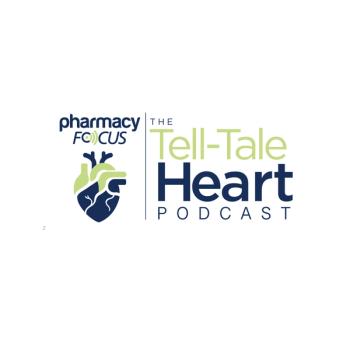
Next-Generation Approaches to Overcoming Drug Resistance in Therapies Multiple Myeloma
Understanding the novel mechanisms of multiple myeloma can help to develop better next-generation therapies that overcome drug resistance.
Researchers suggest that understanding the mechanisms of drug resistance in multiple myeloma (MM) can help to prevent and create effective, next-generation treatments. These new therapies could target the neoplastic clone and its non-malignant environment to decrease drug resistance, according to a study published in Frontier.
“Investigations of specific compounds and their mechanisms will allow a patient-tailored approach to the treatment of MM,” the study authors wrote.
MM has a 5-year survival rate between 23.1% and 46.7%, a 10-year survival rate that may be far less, and it is usually resistant to most therapies. Although treatment for MM has expanded with immunomodulatory drugs, proteasome inhibitors, monoclonal antibodies, and T-cell-based therapies, none have been capable of fully ridding the body of malignant plasma cells (PCs), which are believed to cause serial and fatal relapse.
“Relapse and tumor progression are mainly caused by a rare population of cancer stem cells (CSCs), which survive treatment and give rise to a PC tumor,” the study authors wrote.
CSCs, which are believed to arise from clonotypic B-cells, are genetically (and epigenetically) different than normal stem cells. They were found to be resistant to many drugs that are meant to inhibit PC growth. Thus, the new research suggests that regulating CSCs, described as immature, quiescent, drug-resistant, and self-renewing, could help create better therapies for MM.
Additionally, new MM drug resistance can stem from intrinsic mechanisms, which include genetic and epigenetic alterations, and extrinsic mechanisms, which mediate interactions between the bone marrow (BM) and tumor microenvironments.
Intrinsic and extrinsic mechanisms include “intraclonal heterogeneity, drug efflux pumps, alterations of drug targets, the inhibition of apoptosis, increased DNA repair and interactions with the BM microenvironment, cell adhesion, and the release of soluble factors,” the study authors wrote.
Ultimately, the researchers identified 2 specific approaches that could help develop these next-generation treatments. The first suggests using specific inhibitors that target MM by acting on BM stromal cells (BMSCs) and osteoclasts. The second involves novel peptide drug conjugates, which unleash an anti-MM immune response by targeting the malignant clones and angiogenesis.
The results also suggest that developing a next-generation treatment option for MM that avoids drug resistance may involve better ways of identifying the role of MM cancer stem cells, according to the study authors. MM cells are not fully understood, but researchers do know that these cancer cells promote the development of solid and hematological malignancies, cancer relapse, and drug resistance.
“The better use of currently available drugs in new combinations should thus be the goal in managing MM. Next-generation approaches should be directed at circumventing key mechanisms of resistance, while eliciting a better response with fewer toxicities,” the study authors wrote.
“The development of new drugs with novel mechanisms of action must be supported by better predictive tools and immune-microenvironment and biology dissection to ensure that the right drug is delivered to the right patient at the right time.”
Reference
Frontiers. Drug resistance in multiple myeloma: Soldiers and weapons in the bone marrow niche. Frontiers in Oncology. September 2022. https://doi.org/10.3389/fonc.2022.973836
Newsletter
Stay informed on drug updates, treatment guidelines, and pharmacy practice trends—subscribe to Pharmacy Times for weekly clinical insights.


















































































































































































































